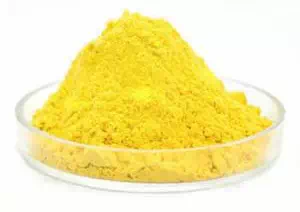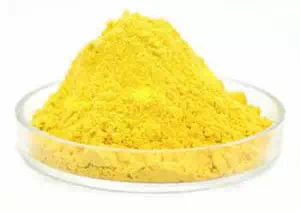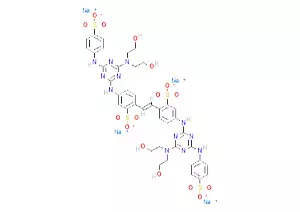All Categories
- Organic raw material
- Pharmaceutical Intermediates
- Dyestuff Intermediate
- Flavors and Fragrances
- Teriflunomide Impurities
- Aprepitant Impurities
- Memantine Hydrochloride Impurities
- Pyridoxine Impurity
- Ursodeoxycholic Acid Impurity
- Vildagliptin Impurities
- Nifedipine Impurities
- Empagliflozin Impurities
- Isoniazid Impurities
- Ibuprofen Impurities
- Calcitol Impurities
- Phloroglucinol Impurity
- Febuxostat Impurities
- Apixaban Impurities
- Impurities in Epipiprazole
- Tedizolid
- Aripiprazole impurities




